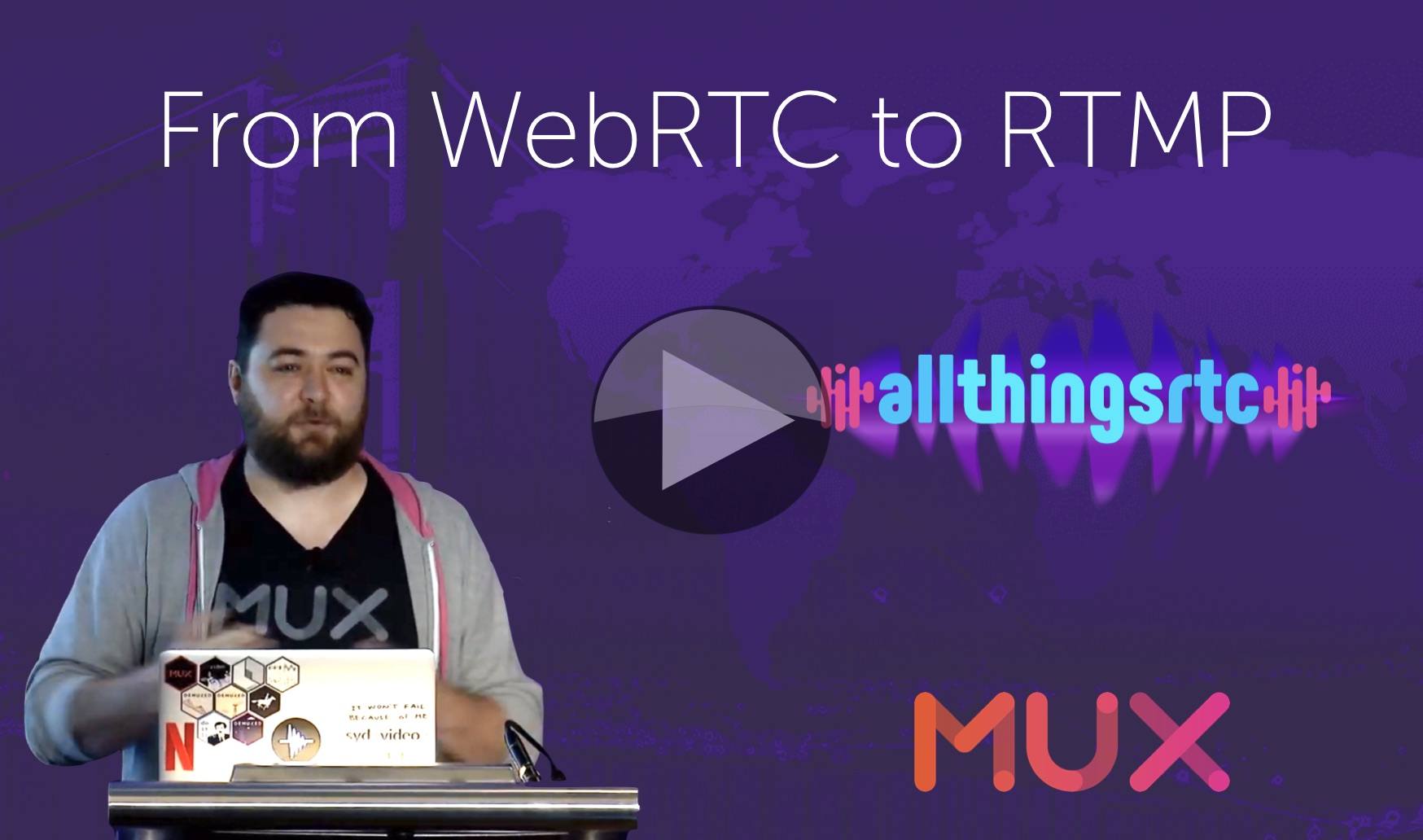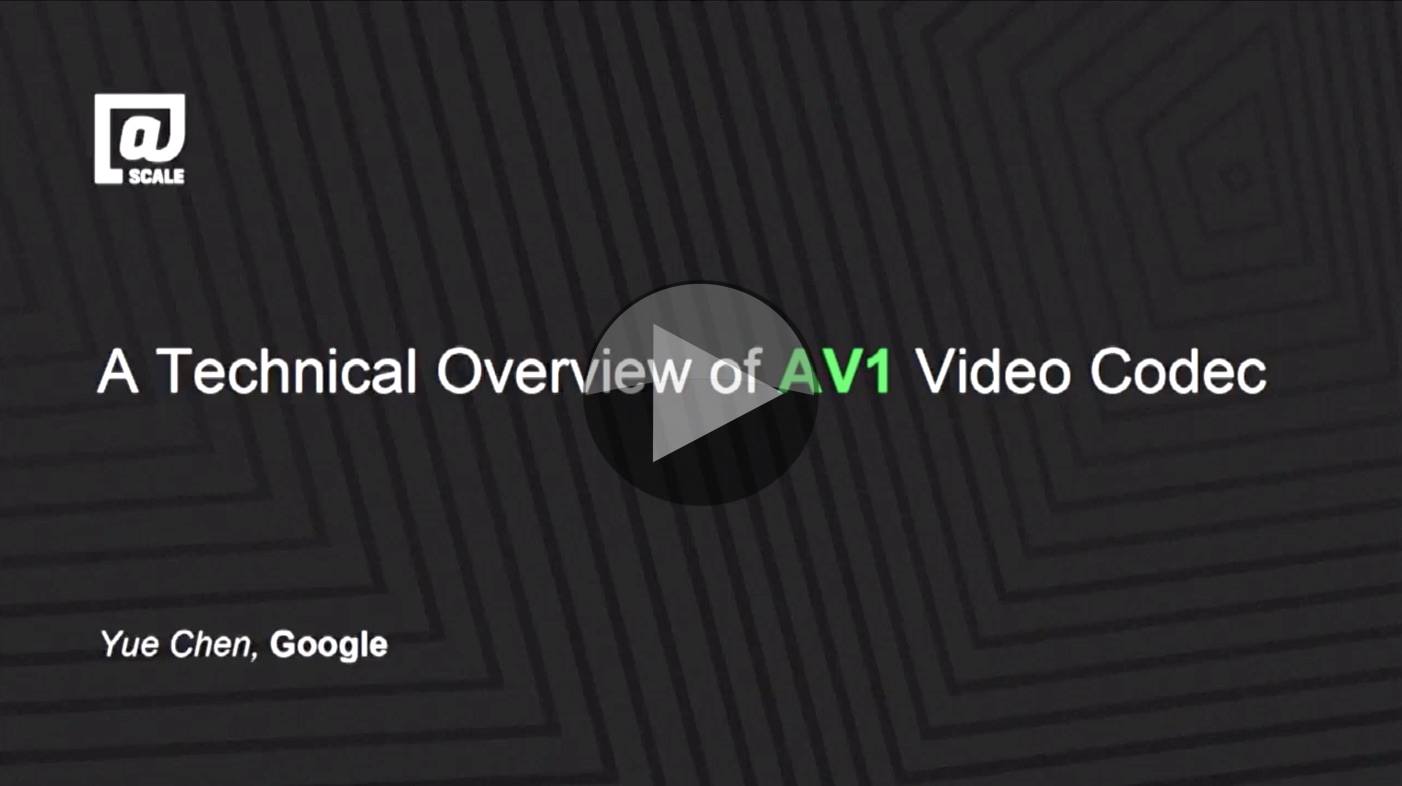RIST and SRT are gaining more and more traction as they solve the reliability question over internet contribution. Promising cheaper costs than dedicated circuits, so much of our life uses the internet, it seems logical that it helps connect broadcasts as much as it does video conferences.
SRT and RIST are both protocols which allow streaming of video and other media over networks. If any packets go missing then the receiver will let the sender know and the sender will retransmit the missing data. All being well, these missing packets will arrive in time and no one will know that any data loss took place.
SRT was started by Haivision and is now an open source collaboration with a public repository and slack workspace. It goes beyond simple retransmission and actually offers an encrypted link which is so important when it comes to sports and other high value content.
RIST is being developed by the Video Services Forum (VSF) and the specifcation TR-06 defines how it works. This is is released as a freely-available specification and implementations based on the first release were shown at IBC2018. For a video on RIST, check out this talk from Merrick Ackermans
The RIST working group comprises people from Haivision, Zixi, NetInsight and other companies many of whom also have similar technologies. So the question is why is RIST of so much interest and what are the differences and benefits to SRT?
This Webinar from Net Insight sets out to answer just this question as we’ll as looking to the future to see what is yet to come on the RIST roadmap.
Register now!
Speakers
 |
Love Thyresson Head of Internet Media Transport, Net Insight |
 |
Alexander Sandström Head of Product Marketing & Co-chair of RIST Forum, Net Insight |













